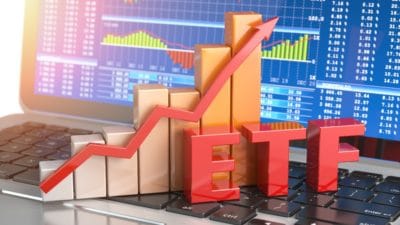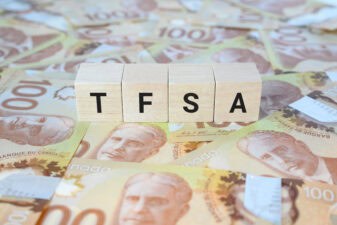One of the hottest TSX stocks in the past decade is Dollarama (TSX:DOL). DOL has returned an emphatic 600% to shareholders since May 2013. Moreover, DOL stock went public back in October 2009 and has since gained a monstrous 2,640% after adjusting for dividends.
Currently valued at a market cap of $23.8 billion, is the discount retailer still a compelling bet for investors in May 2023?
The bull case for Dollarama stock
Dollarama is a recession-resistant company making it a top bet across business cycles. Despite the COVID-19 pandemic, elevated inflation levels, and a sluggish macro environment, Dollarama has increased its sales from $3.8 billion in fiscal 2020 to $5.1 billion in fiscal 2023 (ended in January). Its operating income has surged from $794 million to $1.1 billion in this period.
Founded in 1992, Dollarama has established itself as a leader in the value retail industry, ending fiscal 2023 with more than 1,450 stores. It aims to provide Canadians access to affordable everyday items, and its portfolio of merchandise is sold at select fixed price points of up to $5.
The company also owns a 50.1% interest in the parent company of Dollarcity Group, a Latin American value retailer. Dollarcity has a vast presence in El Salvador, Columbia, Peru, and Guatemala.
Dollarama’s growth trajectory remains intact as it expects to end 2031 with a total store count of 2,000, up from its previous estimate of 1,700 stores. In the last 12 months, it opened 65 net new stores. These store locations are evaluated on the basis of several criteria, including traffic patterns, the level of retail activity, competition, population and demographics, as well as rent and occupancy costs.
A low-cost model
Dollarama has traditionally opened stores in metropolitan areas, mid-sized cities, and small towns, attracting customers from a small shopping radius. In this way, the company can operate multiple stores profitably across Canada.
The average Dollarama store size has increased from 5,272 square feet in 1998 to 10,452 square feet in 2023. These stores are stocked with a broad assortment of general merchandise, seasonal items, and other consumable products.
Dollarama’s expansion model is characterized by low capital investment and a rapid uptick in sales once these stores are operational. It also benefits from consistent sales volume and low operating costs.
For instance, a new Dollarama store requires $0.92 million in capital expenditures, including inventory. On average, each store generates close to $3 million in annual sales within the first two years of operation, indicating a payback period of 24 months at current profit margins.
What next for DOL stock price and investors?
Analysts expect Dollarama to increase sales to $5.6 billion in fiscal 2024 and $6 billion in fiscal 2025. Its adjusted earnings per share is forecast to expand from $2.76 per share in 2023 to $3.60 per share in 2025.
So, DOL stock is priced at 4 times forward sales and 23.3 times forward earnings, which is not too expensive for a growth stock. Despite rising costs, Dollarama is forecast to increase adjusted earnings by 18.6% annually in the next five years.
This expansion in the bottom line should also support dividend hikes. Currently, Dollarama stock offers investors a modest dividend yield of 0.34%. However, these payouts have risen by 15% annually in the last 12 years.







